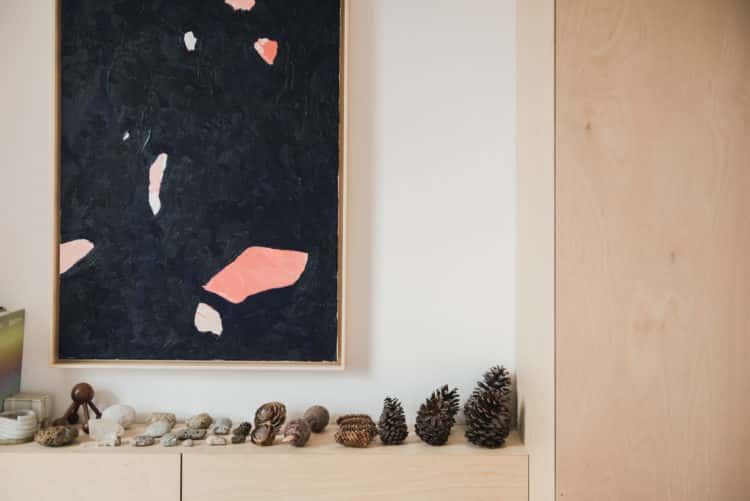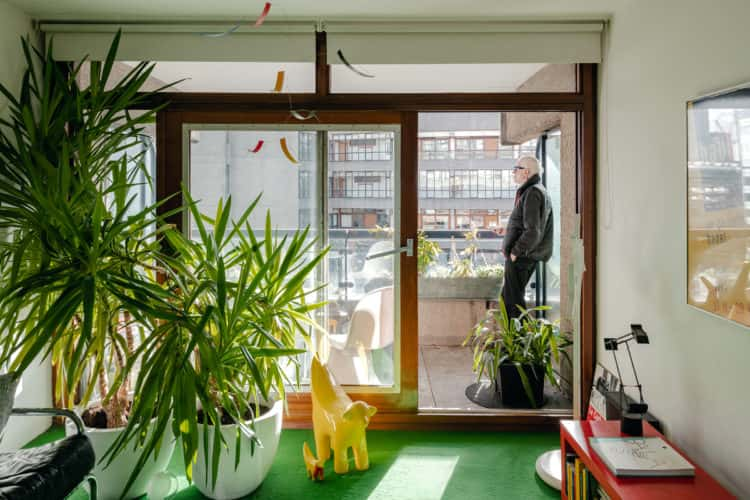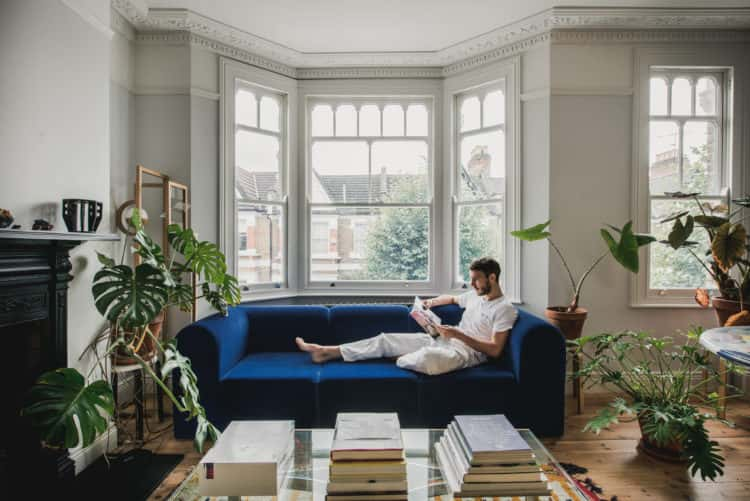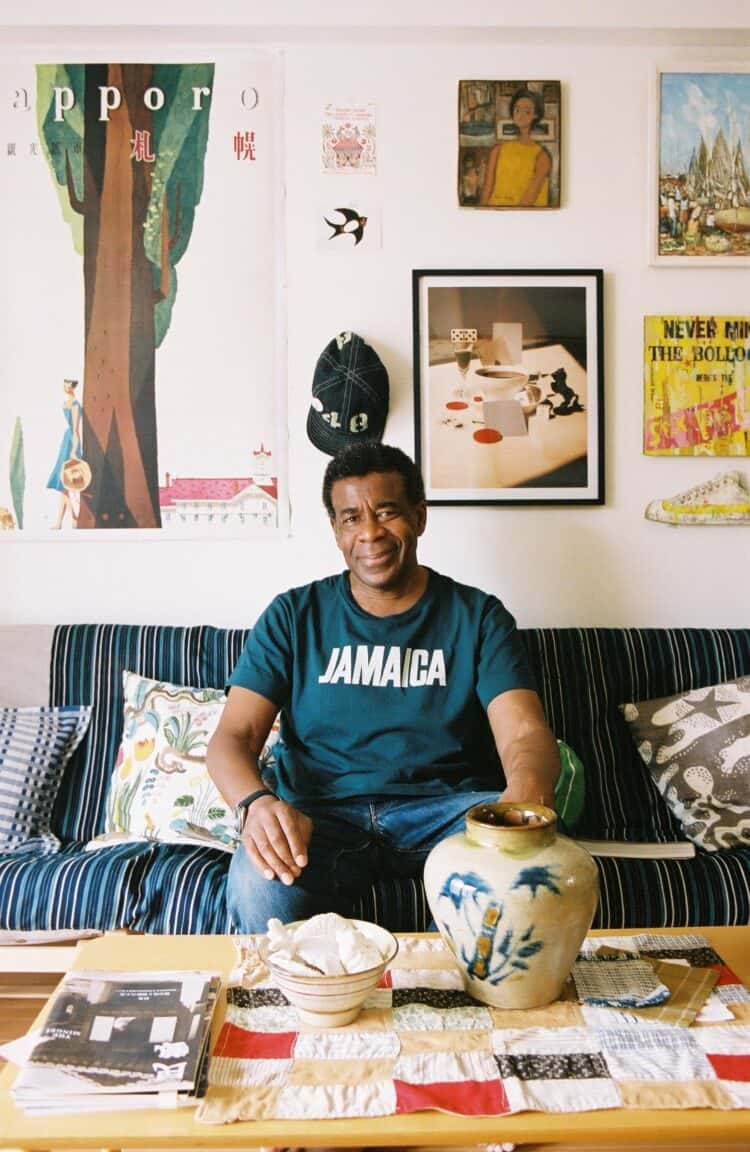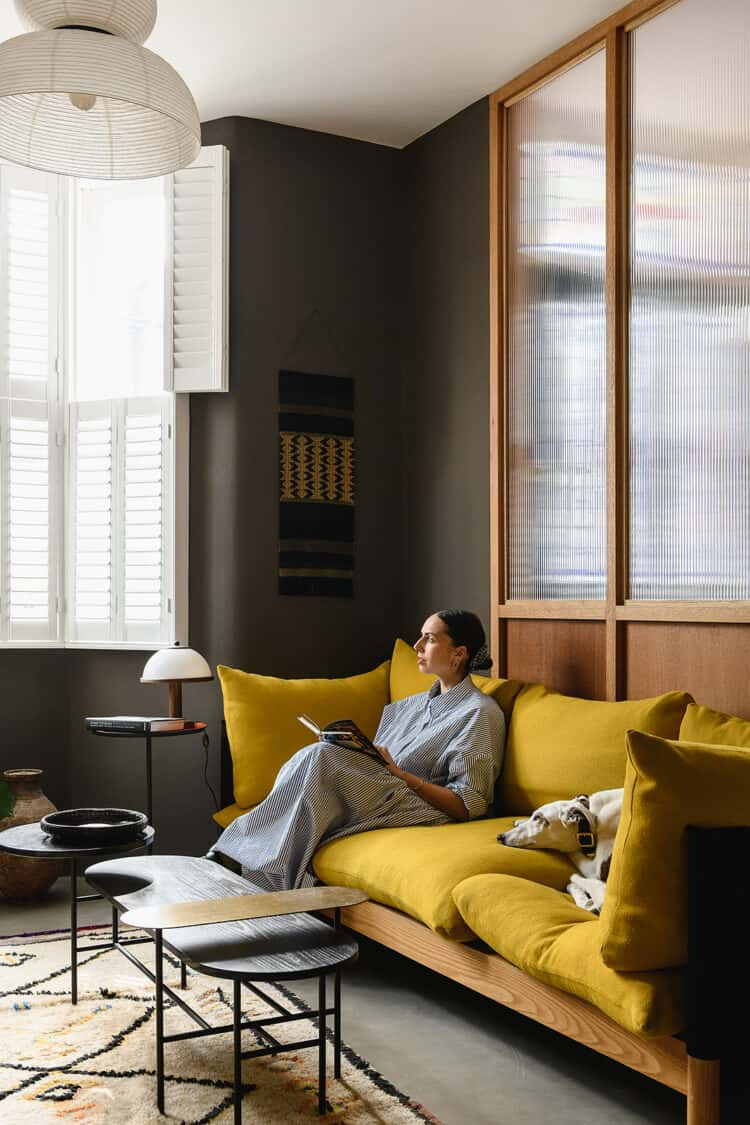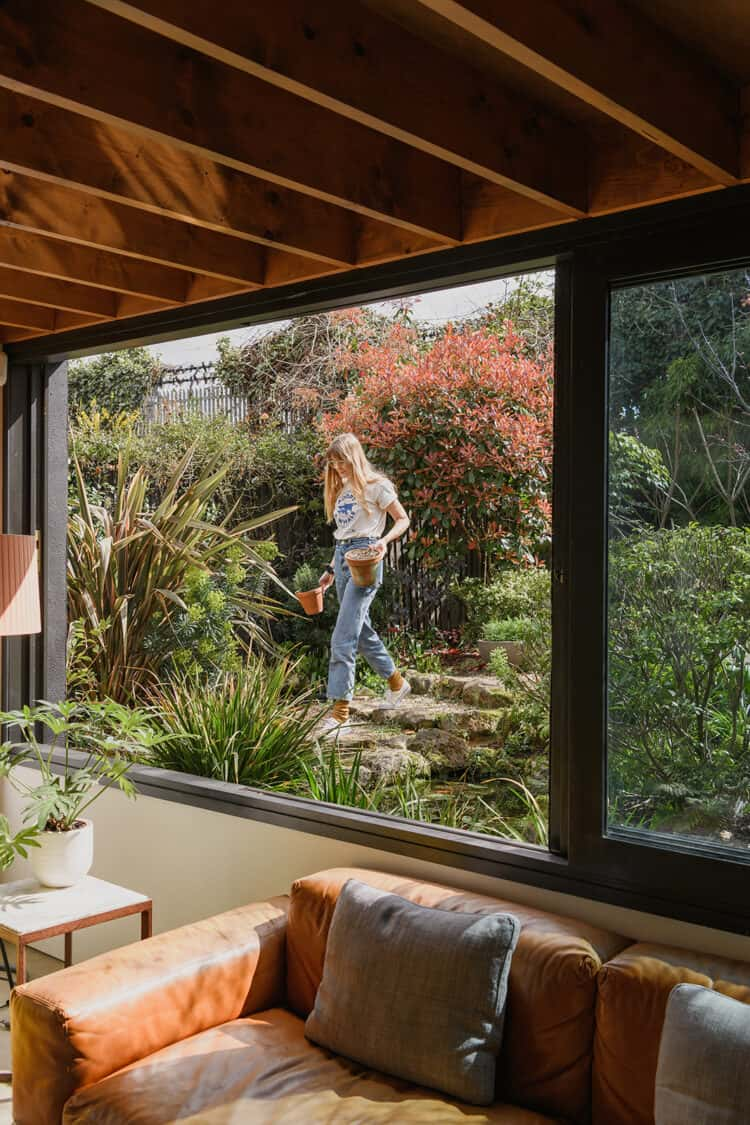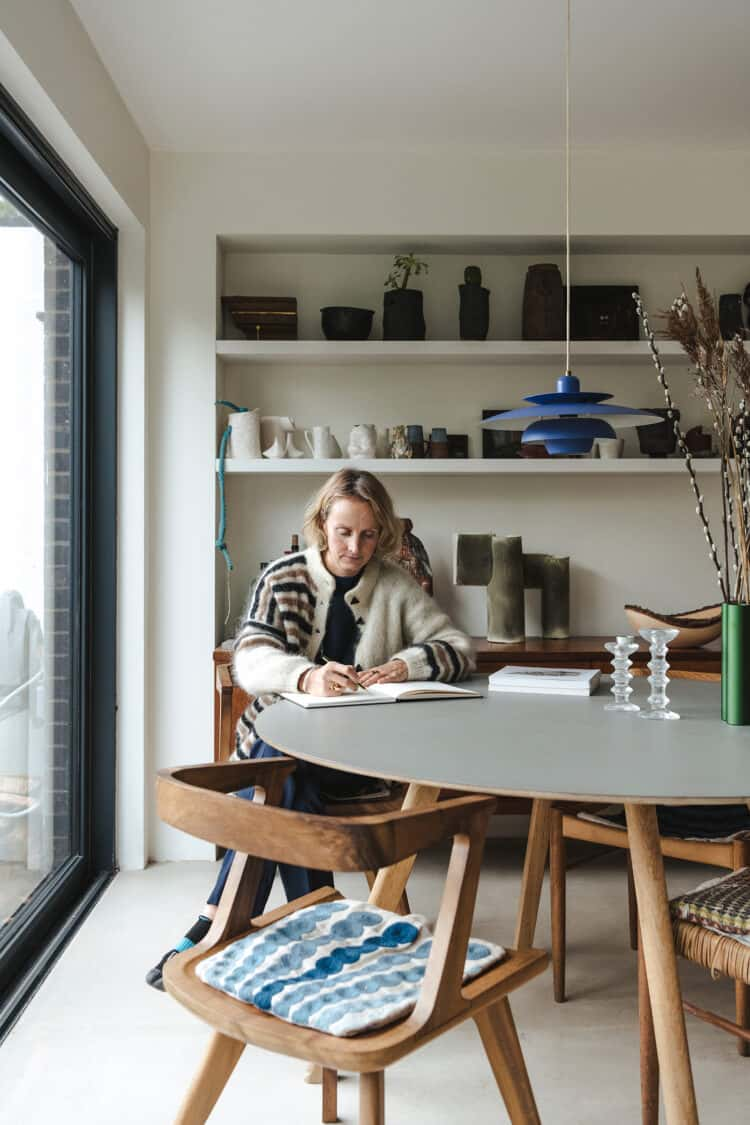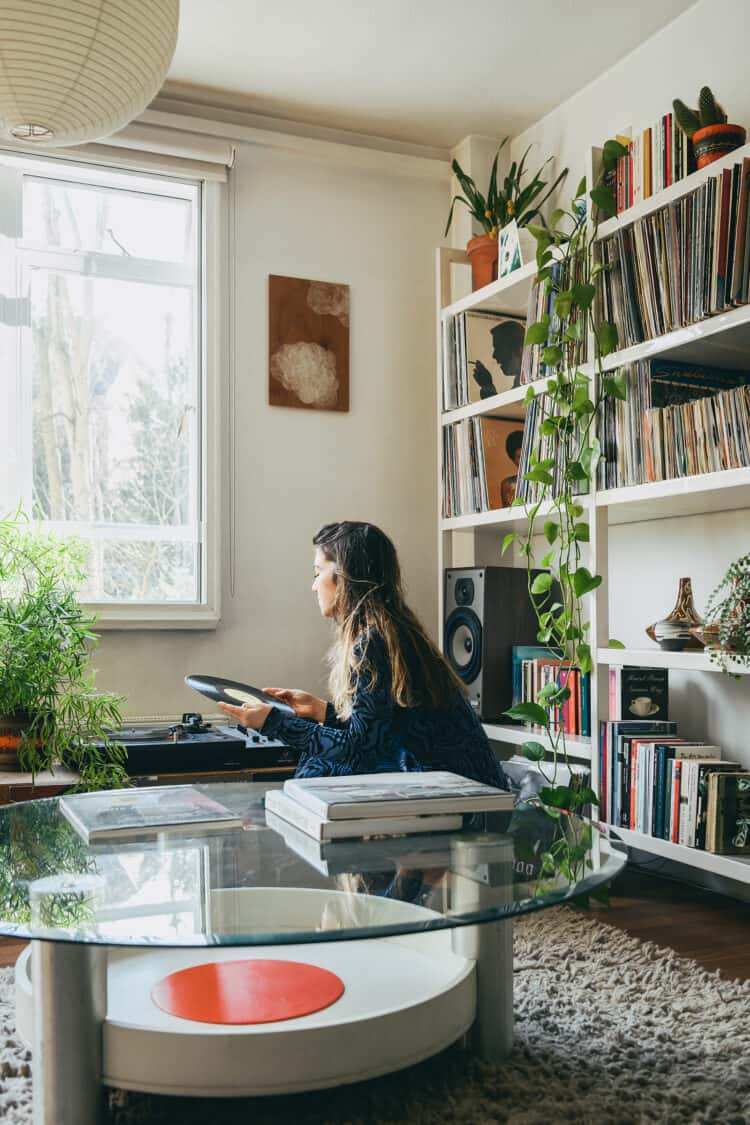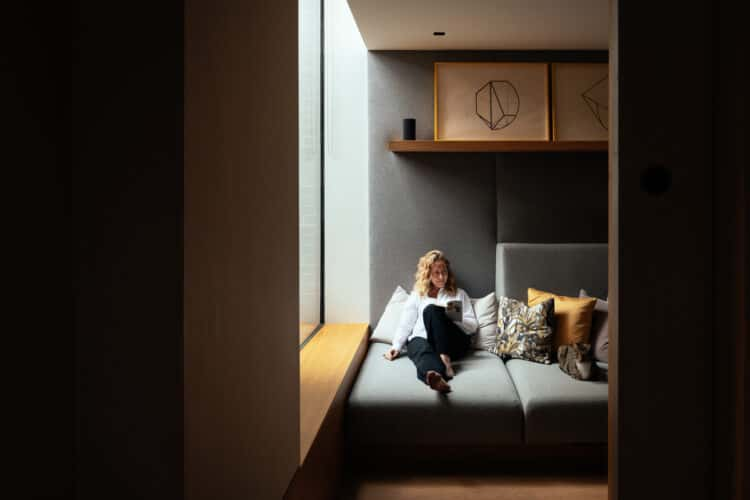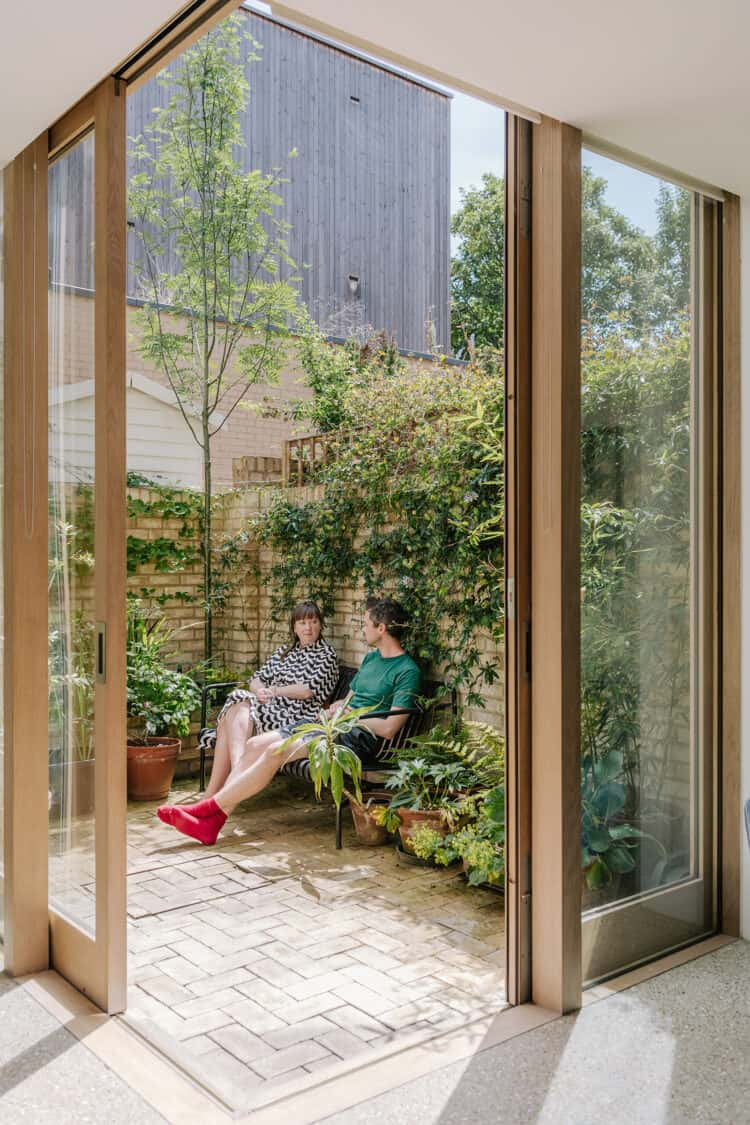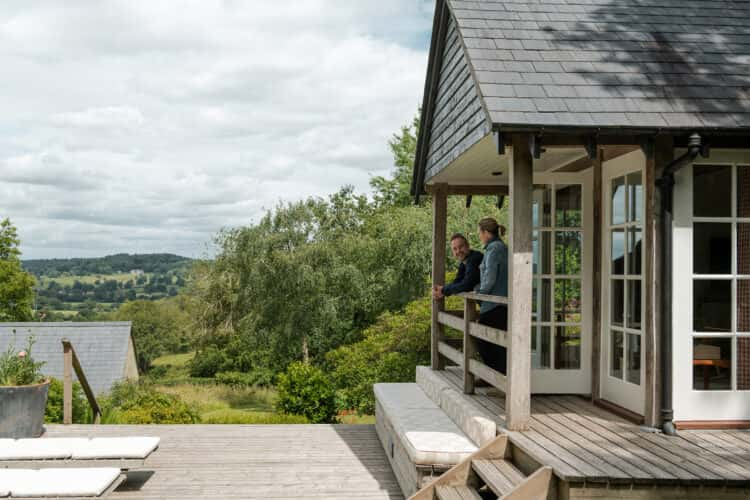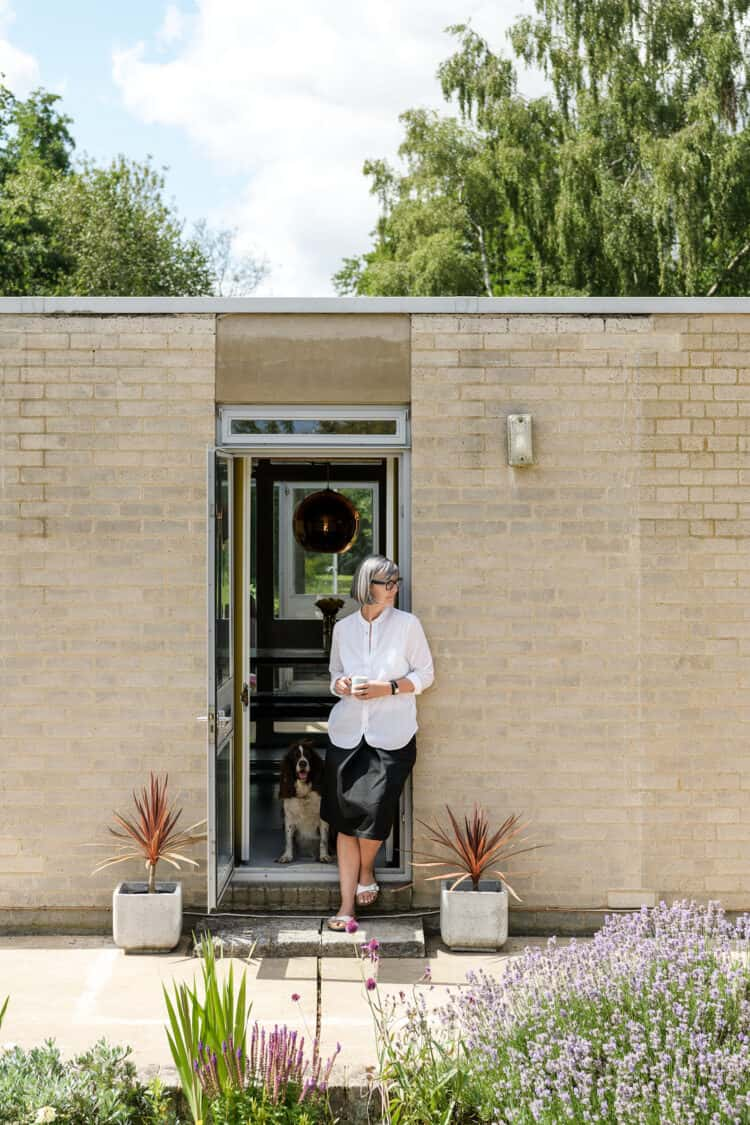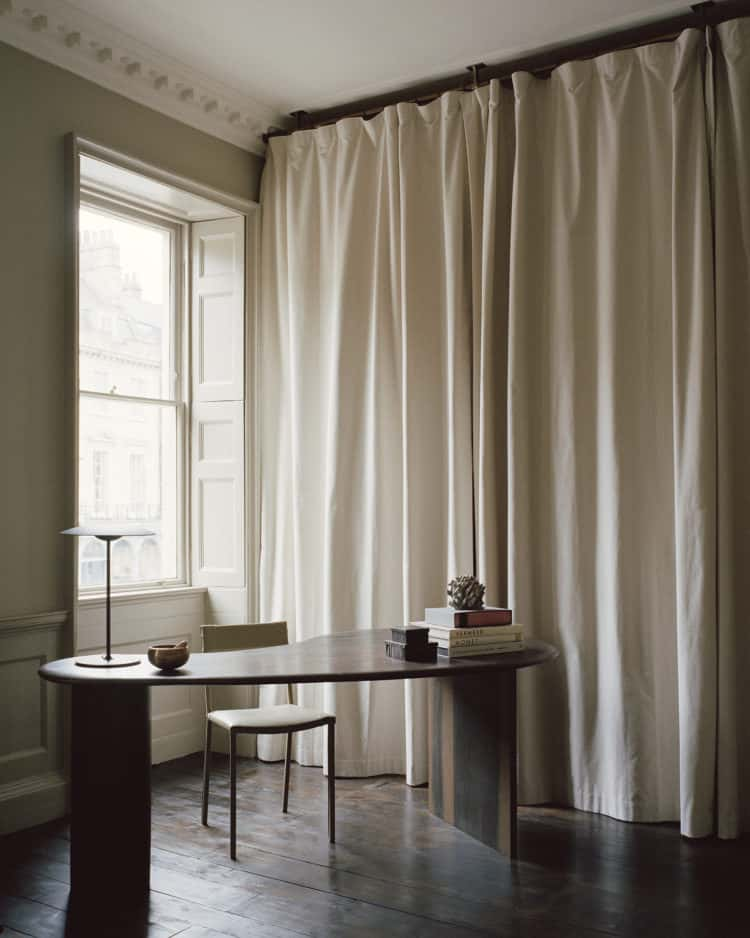My Modern House: spatial designer Robert Storey on style, simplicity and the beauty of nature at his refurbished Victorian flat in Dalston
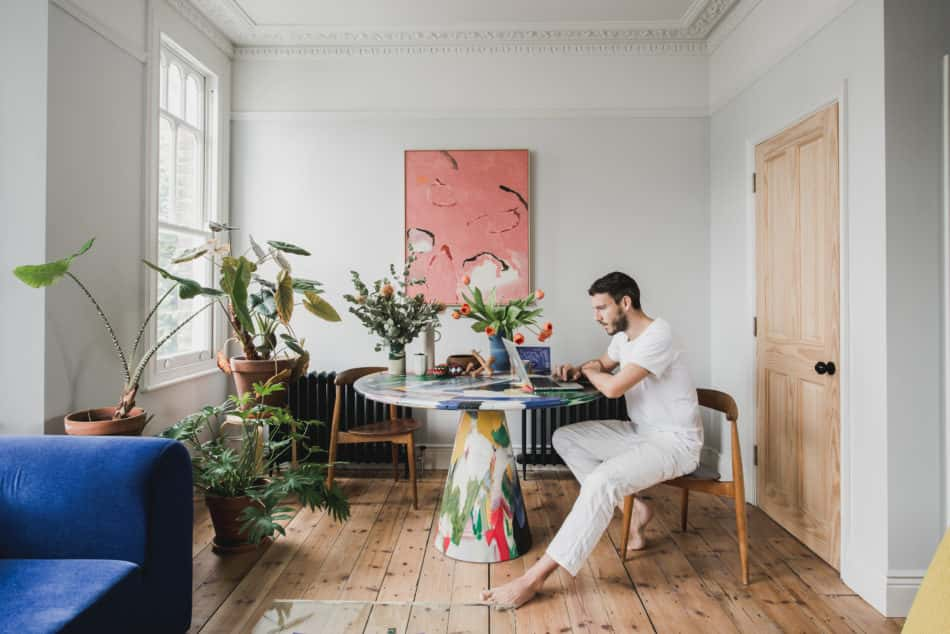
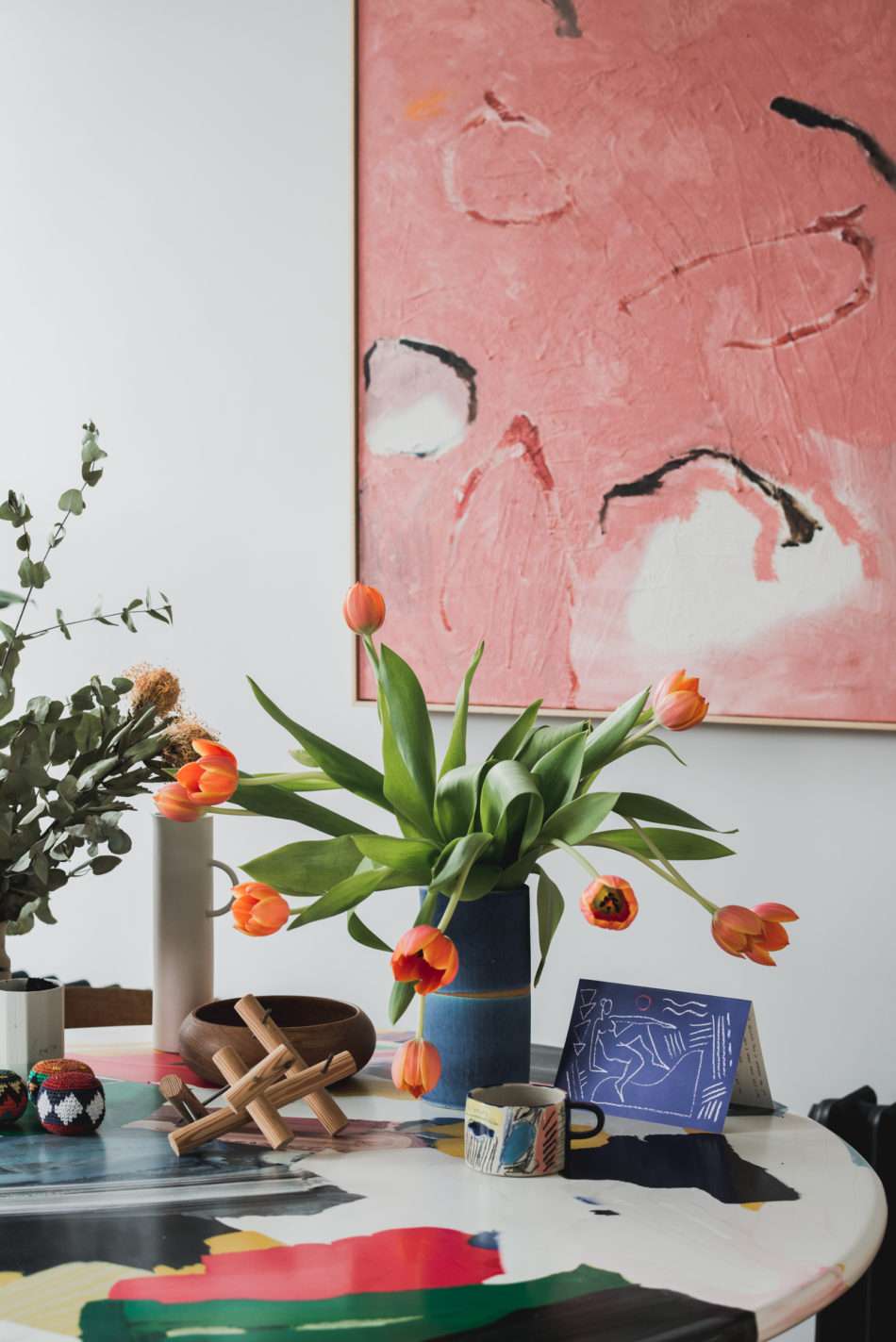
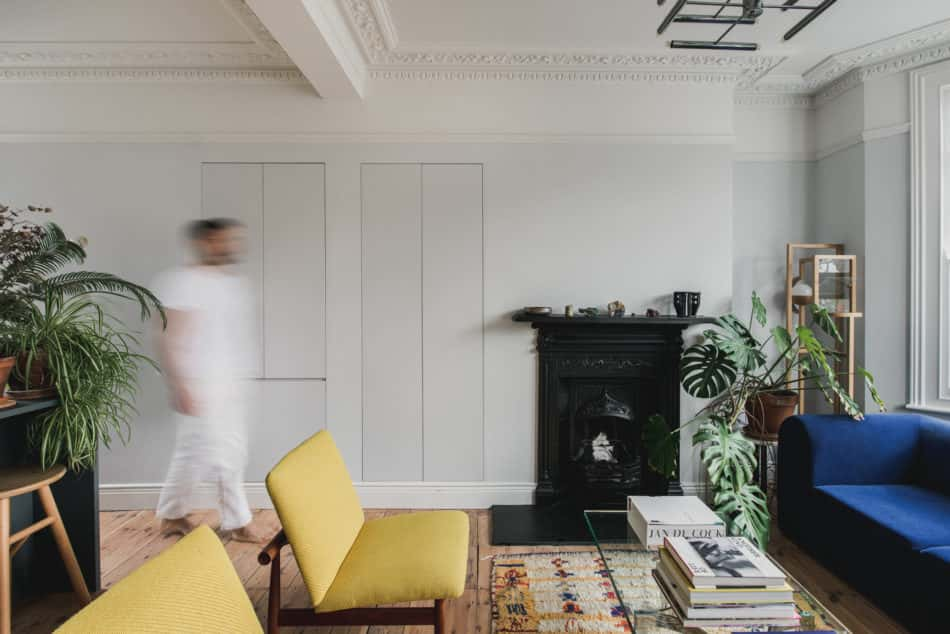
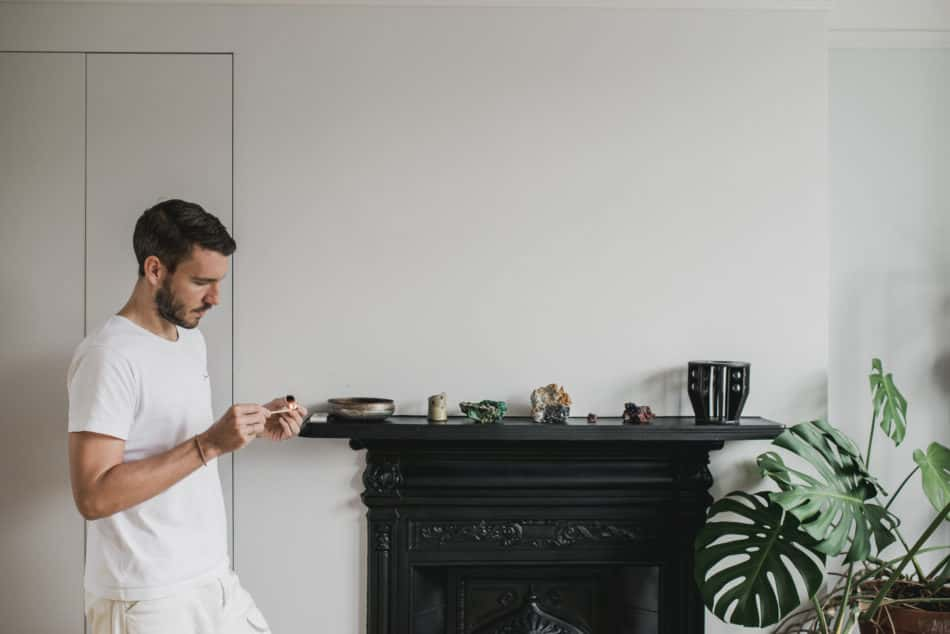
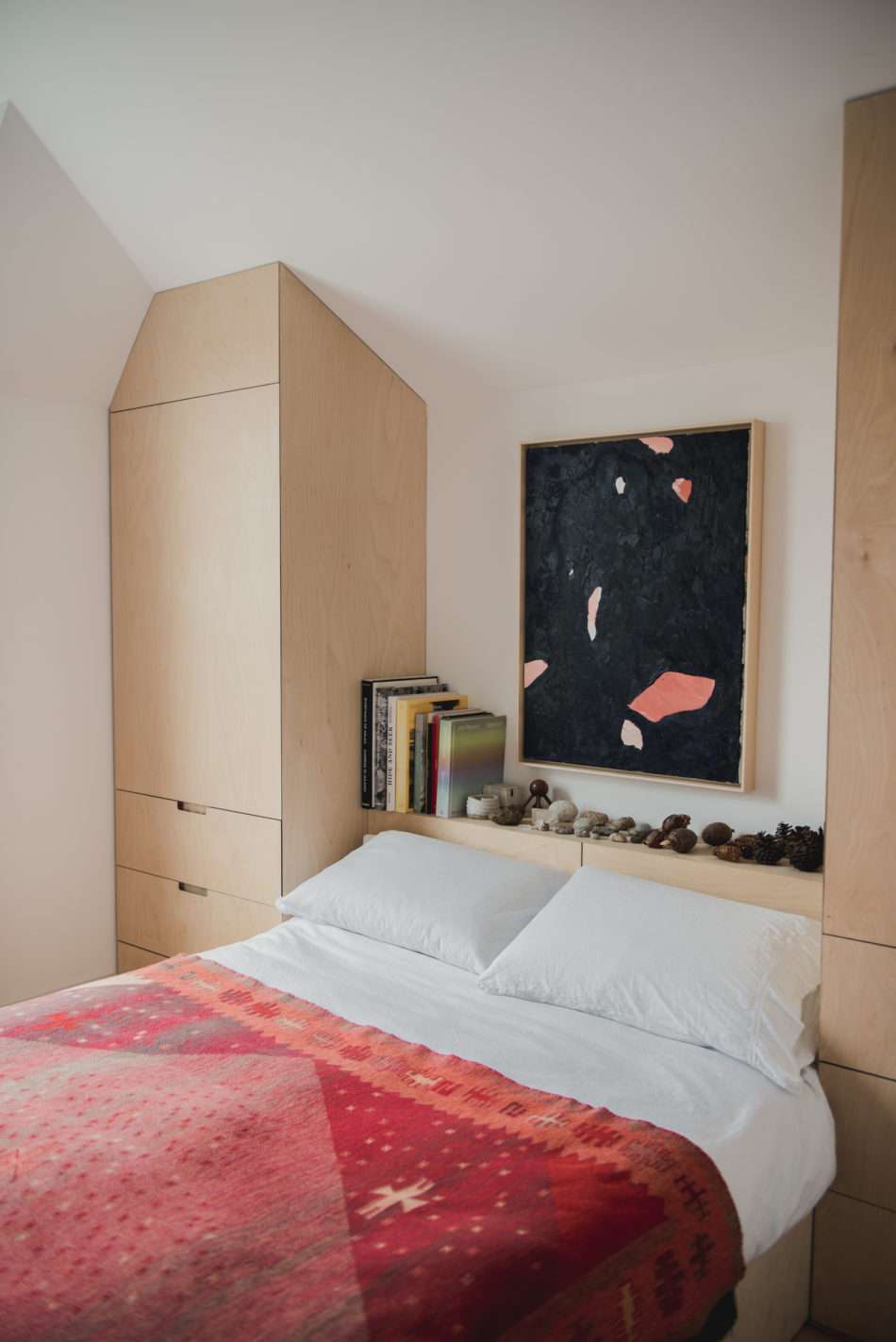
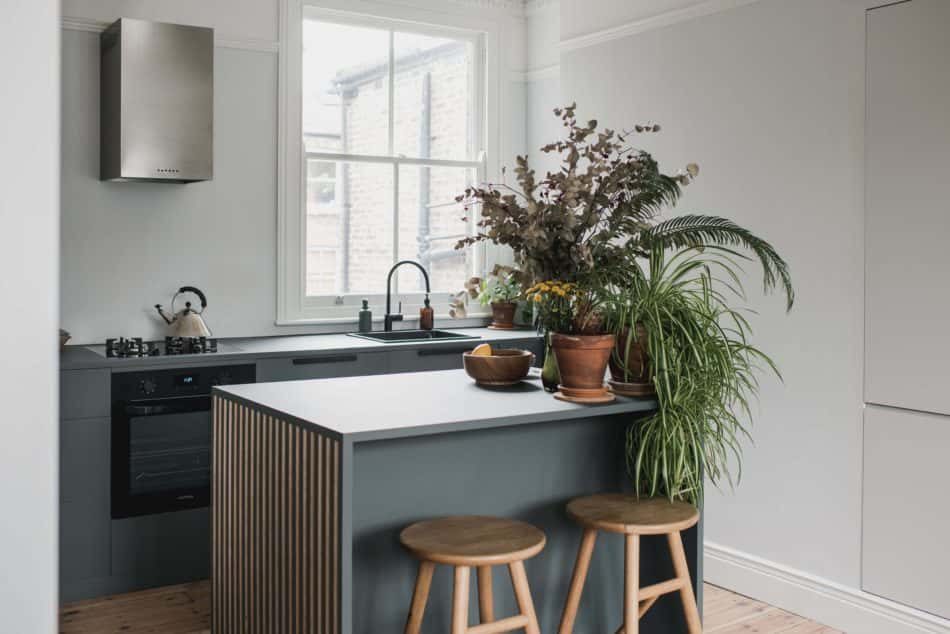
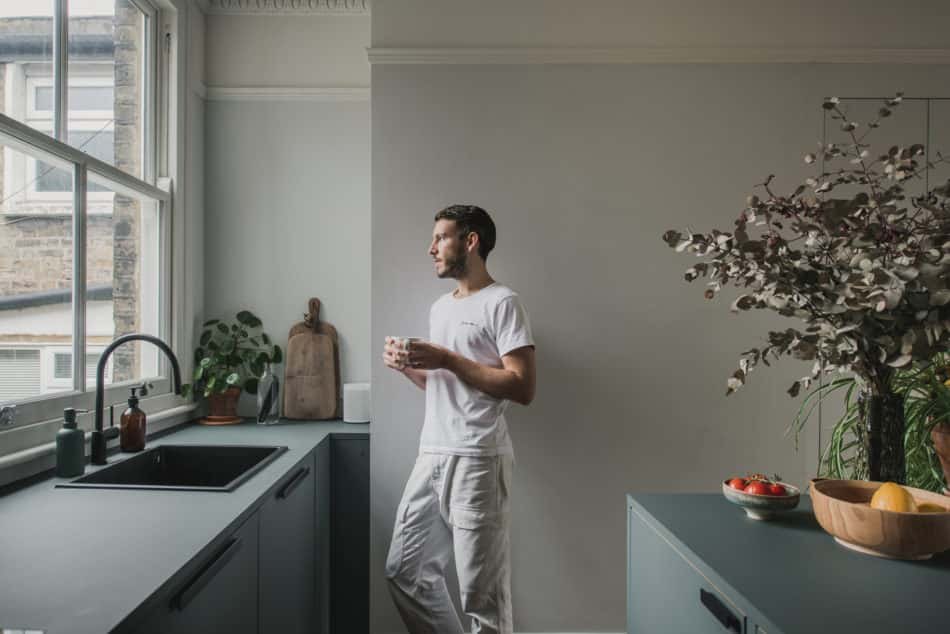
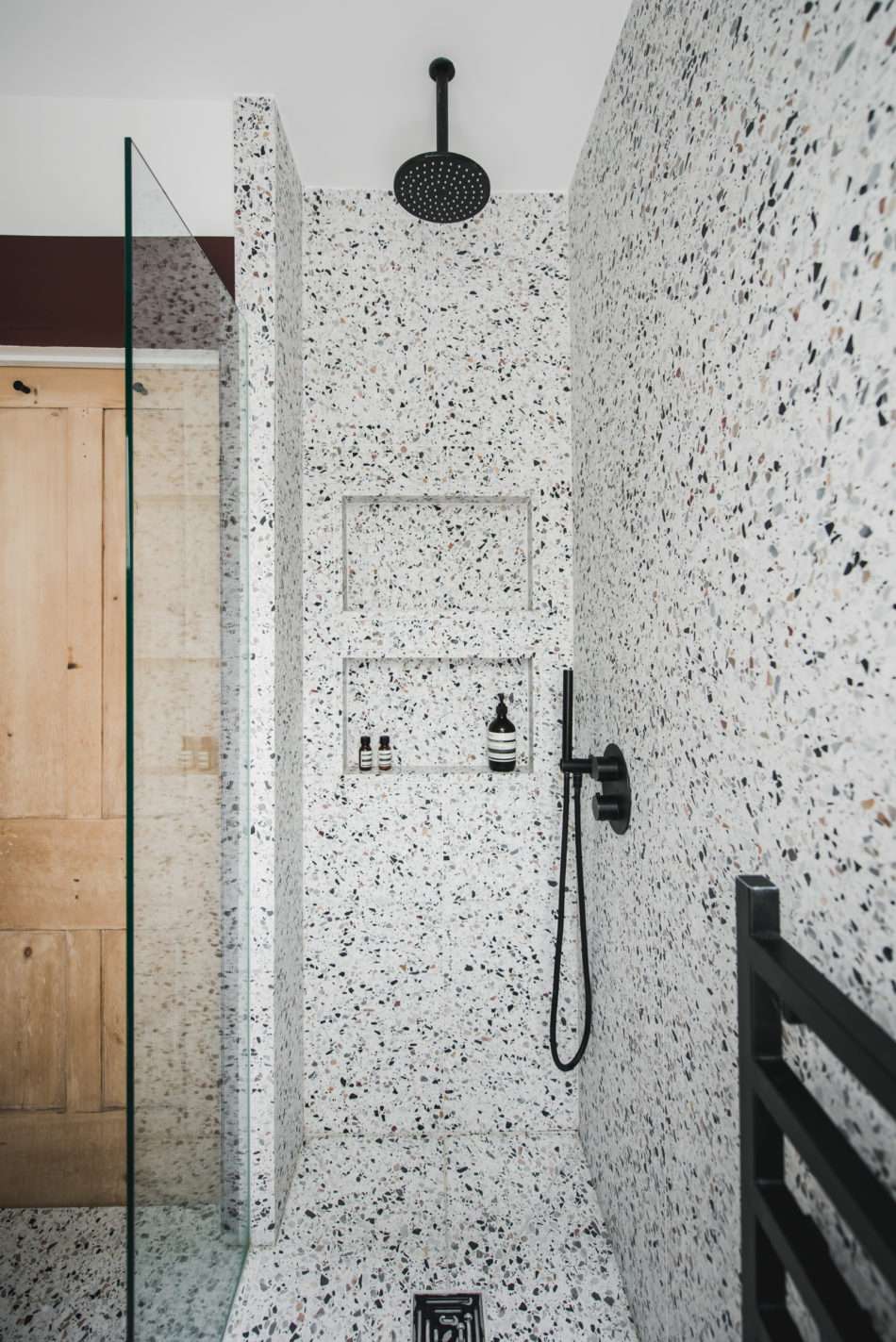
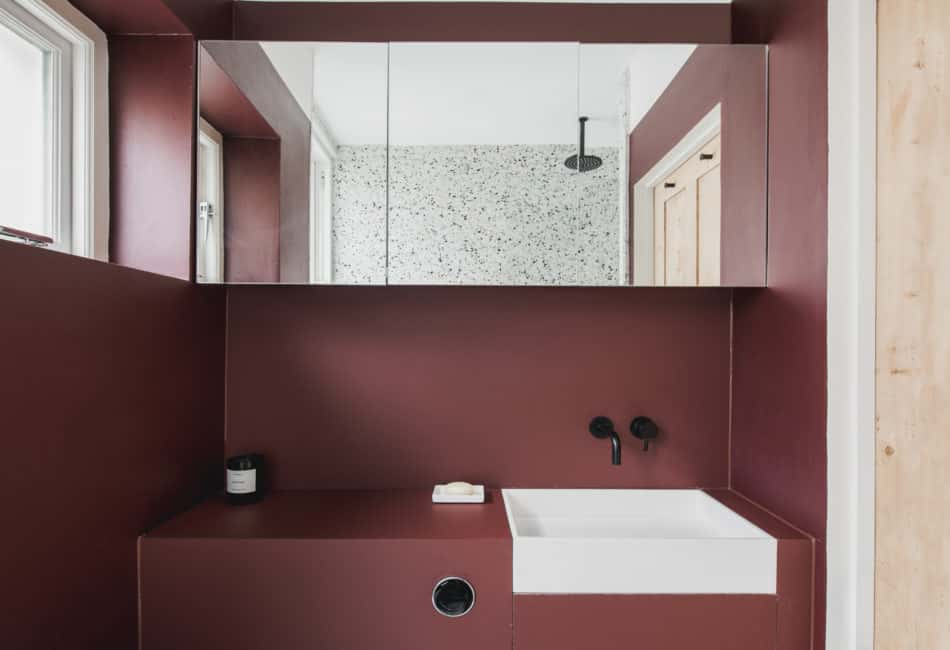
Set and spatial designer Robert Storey, head of his eponymous studio, has built his career designing spaces for brands like Nike, Prada, Hermès and, more recently, the show Kimono: Kyoto to Catwalk at the V&A. A typical Storey Studio project synthesises bold colours, expressive forms, crisp detailing and tactile materials into spaces that come together as “immersive artistic experiences”, as Robert puts it.
When it came to designing
his own home, Robert was hardly at a loss. In fact, years of living in
less-than-ideal rentals had impressed a clear picture of the space he wanted to
create and so, when he bought the flat in early 2019, Robert got straight to
work on a six-month restoration project. Now, in his light-filled home full of
the art and furniture he had been waiting to buy, Robert talks to us about
style, simplicity, the beauty of nature and the sense of ownership that comes
with owning your own home.
Robert:
“For someone who works in fashion I don’t have tons of clothes, and it’s not
important to me that they are in trend at the moment. I’m very into design and
fashion and I like things that have something beautiful about them but that doesn’t
mean they have to be new – the majority of my clothes are second-hand and,
actually, it’s the same for my furniture.
“Looking around you’ll
see Hans Wegner dining chairs, armchairs
by Finn Juhl and vintage lighting I found on one of my many trawls of
second-hand furniture sites, which became a bit of an obsession. Where I think
it gets interesting is when these pieces are positioned next to contemporary
pieces like the Dirk Vander Kooij table, and it doesn’t matter to me that I’ve
got IKEA stools here; not everything has to be designer. I like how they all
complement each other… it feels authentic.
“The
thing I always found incredibly frustrating about renting was that what’s out
there is never built and furnished to a standard that you’d like. And if it is,
it’s too expensive to rent anyway. All you want is wooden floors and no
furniture… it’s not hard. So, it was always about trying to make the best of a
space by filling up with plants or small things.
“So,
for me, the most exciting thing about getting my own place was that I could
start buying art and furniture that I really love and didn’t have to worry
about putting it in storage when I was moving to the next place. I was at a
point in my life where I had inherited some money to buy and renovate the house
and I could start buying things as well.
“The house hadn’t been touched since the ‘80s when I bought it. The work took six months, in which time we ripped out walls, rebuilt them, installed central heating (there were only wall-mounted heaters before), replaced all the windows and put back original features like the cornicing. It was all to bring out the original beauty of the house.
“Then, I worked with
carpenter Otis Evans, who is a good friend of mine, to do all the custom
woodwork in the bathroom, kitchen and my bedroom. It was nice to work with
people I know on this, and, because my studio helped, the project felt
intimate.
“The challenge for me
when I was designing the house was realising that I have an identity as a
designer – which I guess is quite minimal, very clean and graphic – and
figuring out how I could translate that to a home?
“My aesthetic is also
pretty colourful, and there are lots of references to nature. I’m from the
countryside originally and that’s been playing a big influence in my work; my
studio is full of plants too.
“Here, I wanted to bring both
colour and nature in but that can be hard. At one point I was going to paint
all the beams we exposed in a bold, bright colour, like Luis Barragán’s Casa
Estudio with the yellow – it’s so beautiful.
“But, in the end I needed
the house to be a little more timeless in its bones and structure, and then
bring in colour through the paintings and furniture. I chose to let the natural
elements come out in the original wood flooring, beams and the Victorian pine
doors that we spent three weeks sourcing from eBay – apparently door frames are
never the same size in Victorian homes; it was a real challenge!
“For me, nature is the most perfect, beautiful thing. That’s why I keep a collection of pinecones and pebbles above my bed that I’ve picked up over the last ten years from special places I’ve been around the world. They all have meaning, they’re really stunning, and they don’t cost anything, which is what I love about them.
“These tiny ones I found only a few months ago when I was in the New Forest with my godson, who lives in Hong Kong. It was such a sweet day and now it’s lodged into my mind through that object. And then these ones over here, these little ones, were picked up from a tree at the top of a hill in Sri Lanka when I was traveling on my own. The memory is so strong when I look at it.
“I could work from home, but I love my studio and it’s only five minutes away on Ridley Road, so now I have a really dreamy time of going between here, my studio and travelling for work. Most of my friends live around here and it’s been nice to have a place I can host them for, well, I wouldn’t say dinners because I’m not a very good cook, but snack dinners, as I call them.
“It’s just nice to have a
space you feel ownership over, and my housemate, photographer Jeff Hahn, is a
dream to live with – he’s so aware of how much time, money and energy went into
building this.
“When I first moved in, I spent so much time in my room and even ate on my bed because I was so used to not having a space to eat in a rental flat or, even when I did, I just avoided it because it wasn’t particularly enjoyable to be in. Now, in the evening when I’m home, I always sit at the table and it’s nice to have Jeff for the sort of dialogue that just feels so natural when you live with a best friend.
“Then,
when I got adjusted to eating outside my room, after about three weeks, I was
sitting on the sofa thinking about buying something else and doing another
project. It’s not something I want to do professionally but I absolutely love
designing spaces. I had such a crisis when I did this because I settled on
something which was a balance and it had everything I wanted, but that came at
the expense of all the other ways I could have expressed myself in this flat.
It would be cool to see how else that might look.”
Robert, how do you define modern living?
“Aside from being beautiful and well designed, a home should feel cosy, convenient and informal. I think a sense of irreverence is necessary with nods towards the past and future; the past using vintage or upcycled design pieces and the future incorporating eco conscious technologies and materials.”
Is there a home on The Modern House website that has caught your eye? “Almost impossible to answer this, I have died a hundred times! I remember seeing the Klein House on the Scottish Borders and seriously considering a life change. I love the space, its inside/outside feeling, the nature, the colour pops. To die for.”
